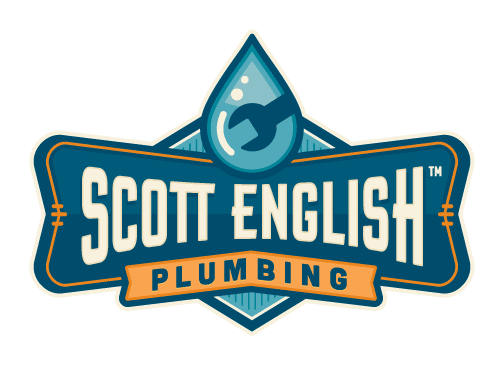How to Have Strong Plumbing Pipes and Joints
For many homeowners the plumbing system is considered a complex connection of pipes and fixtures. Did you know that pipes and joints are the basic foundation of your home plumbing system? The pipes in your home may be made from different types of materials, with copper proving to be the most expensive and durable. However, it does come at a price, which is why other piping materials are widely considered.
Cutting Pipes
If you want strong pipes and joints, you have to begin by making sure that it is cut properly. To do this you need the right cutting tool. If you are working with copper pipes, you will need a tubing cutter. Why such attention to proper cutting? For one, properly cut pipes will lessen the possibility of plumbing leaks.
To use a tubing cutter, you simply have to turn the handle so the blade tightens against the pipe. The pipe will be cut by the circular motion of the blade. Depending on the type of cutter that you have, it may be equipped with a reamer tool, which is a short blade that removes the metal burrs that appear after the pipe is cut.
The cutting tool can be used with copper, PEX, and CPVC – the three commonly used pipes for home plumbing today. So regardless of the type you choose, make sure that the pipes are properly cut.
PEX
Is the Cross-linked Polyethylene (PEX) pipe a good choice for home plumbing? If you are after strong pipes and joints, PEX is definitely a good candidate considering that it is both strong and flexible. It also comes in various lengths.
Using PEX allows you to run an entire pipe with only two joints. This means that the pipe can move like a hose or wire, which snakes through tight positions. As far as the fittings go, it is the same with other types of piping material. The main difference is that the fittings go inside the pipes rather than the outside. Fewer fittings are required though because of the pipe’s flexibility.
There are also special fittings that will allow for soldered connections. It is important to make sure that the pipe has no kink, otherwise this can disrupt the water flow. Proper cutting and measuring applies to all pipes so make sure that you get the right length and use the proper tool. The crimp ring can be secured in place using a slip joint pliers.
PVC Pipe, Fittings and Joints
Another option for strong pipes and joints in your home is the polyvinyl chloride (PVC) pipe. This material is considered revolutionary as far as modern home plumbing is concerned. This is because before its use, the drain lines were mostly made from cast iron with molten lead joints.
PVC comes in various schedules or grades. For home plumbing a schedule 40 should be right with schedule 80 preferred for more demanding plumbing needs. A short and thick-bladed saw is used to make a precise cut on the PVC. Mark a groove and use short strokes initially, applying more pressure as you go with longer strokes.
Once the cut is made, make sure that you ream out the burrs to ensure that joints will create a proper seal. Whenever you are cutting through a PVC pipe, always use the necessary safety or protective materials.
You may also use a power miter saw or even a PVC cable saw to get the proper cut. Obviously, the power miter saw will save you a lot of time and produce cleaner cuts. Using power saws can produce better cuts when a masonry blade is used. As always, safety gear is needed when using power tools. A cable saw on the other hand requires that you be able to hold the tool firmly with both hands.
In essence, having strong pipes and joints is a combination of choosing the right piping materials and proper preparation. To make sure that your home plumbing system remains strong, schedule regular inspection with Scott English Plumbing immediately.
